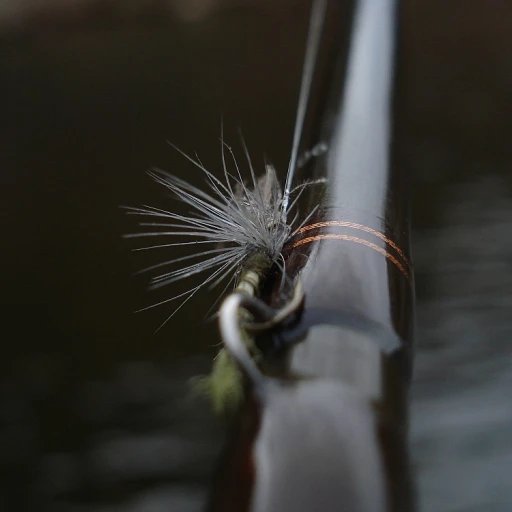
Understanding Invasive Fish Species in Florida
A Closer Look at Invasive Species in Florida Waters
In the vibrant ecosystems of Florida, invasive fish species present a growing threat to native fish populations and the overall health of the aquatic environment. These non-native fish often find their way into Florida's waters through various means, including accidental release or deliberate introduction by people who are unaware of the potential consequences. Invasive species are particularly concerning because they typically have no natural predators in their new environments, allowing their populations to grow unchecked. This uncontrolled growth can disrupt local ecosystems by outcompeting native species for vital resources such as food and habitat. As a result, the balance of food webs is threatened, leading to significant shifts in the aquatic landscape. Recognizing invasive fish species is key to addressing this issue. Anglers play an essential role in identifying and reporting these species, contributing valuable data that can inform management strategies. Understanding the distinct characteristics of these intruders will help you recognize them more easily during fishing trips. Thank you for reading. To learn more about the biology and behaviors of fish, check out our article on how fish reproduce. This knowledge can deepen your understanding of fish population dynamics and support conservation efforts. Stay informed and vigilant while enjoying your fishing adventures. Your awareness and actions can help safeguard Florida's native fish species and their habitats.The Effects on Native Species and Ecosystems
Challenges for Native Species and Habitat
Invasive fish species have a profound impact on Florida's delicate aquatic ecosystems. These non-native species often outcompete native fish for essential resources. This can lead to a decrease in populations of indigenous fish, which are integral to maintaining the balance of their ecosystems. The introduction of these foreign species disrupts the natural order, causing a ripple effect across the food chain.
Moreover, invasive fish species can also alter habitats significantly. They may contribute to habitat degradation by changing the physical environment or by introducing diseases. This deterioration affects the entire ecosystem, leading to diminished biodiversity. The introduction of such fish species often leads to a complex ecological imbalance that's difficult to restore.
Threatening Florida's Aquatic Diversity
Florida is home to a wide variety of native fish species that are already under pressure from human activities and environmental changes. The presence of invasive species adds another layer of threat to these already vulnerable populations. For example, predatory invasive fish might consume young native fish or their eggs, further threatening their survival.
In some instances, the decline in native species can lead to the extinction of certain local fish. This not only impacts biodiversity but also affects recreational fishing and the local economy. Anglers might notice a decrease in the diversity and abundance of native fish in popular fishing spots, making it challenging to enjoy local fishing traditions.
All these issues highlight the necessity for understanding recreational impacts on aquatic ecosystems in the face of invasive species. By understanding the effects of invasive fish, both conservationists and recreational fishermen can work towards minimizing their impacts and helping preserve Florida's natural aquatic life.
Fishing in the Face of Invasive Species
Targeting Invasive Species with Rod and Reel
For recreational anglers, the presence of invasive fish species in Florida offers both a challenge and an opportunity. With increased awareness and understanding of these species, fishing enthusiasts can play a crucial part in managing their populations while still enjoying their favorite pastime. Many invasive species, such as the Northern snakehead, the lionfish, and the grass carp, present unique angling challenges and cater to those looking for new and exciting fishing experiences.Sport Fishing Tactics to Match the Challenge
In response to the unique behaviors and habitats of invasive species, certain fishing techniques and gear can increase your chances of success. Specifically targeting these fish can lead to some thrilling catches. For instance, Florida's coastal waters have been significantly affected by the lionfish, a venomous invader. Divers and anglers can help control their numbers, with spearfishing being particularly effective. In freshwater environments, specific lures and bait can be aimed at attracting predatory species like the Northern snakehead and grass carp, thus contributing to their regulation.Understanding the Benefits Beyond the Catch
By targeting invasive species while fishing, anglers contribute positively toward Florida's ecosystem health and biodiversity. Their efforts aid in reducing the pressure these invaders exert on native species, helping to restore balance among the aquatic communities. Fishing for invasive species provides a unique experience while simultaneously supporting conservation efforts. Anglers looking to explore this approach can gain valuable insights from experts in the field. Curious about fish behaviors and interaction? You might want to read about how fish have sex to better appreciate their adaptability within Florida's waters. This knowledge enhances not only your fishing strategy but also your understanding of aquatic life.Management and Conservation Efforts
Efforts to Mitigate the Impact of Invasive Fish
Managing and conserving Florida's waters from the disruptive influence of invasive fish is a challenging yet crucial task. Various agencies and organizations are dedicated to addressing this complex issue through a combination of regulatory measures, outreach programs, and active intervention.Regulations and Legislation
State and federal regulations play a pivotal role in controlling invasive fish populations. Strict laws are in place to prevent the importation and release of non-native species. These regulations are supplemented by penalties for violators, designed to deter negligent behavior. Licensing requirements also ensure that commercial and recreational fishermen are operating within legal boundaries, further safeguarding the ecosystem.Research and Monitoring Programs
Continuous research and monitoring efforts are essential for understanding the dynamics of invasive species. Agencies like the Florida Fish and Wildlife Conservation Commission actively monitor fish populations and ecosystems. This data helps in developing effective management strategies to mitigate the adverse effects on native species.Public Education and Outreach
Raising public awareness is a key component of conservation efforts. Educational programs aim to inform the community about the risks associated with invasive fish and the importance of preserving native habitats. Through workshops, seminars, and online resources, these initiatives encourage public participation in reporting sightings and understanding the environmental impact.Community Involvement
Involving local communities in invasive species management is invaluable. Volunteer programs and citizen science projects offer opportunities for the public to engage in conservation efforts actively. Whether it's participating in invasive species removal events or helping with monitoring and reporting, community involvement motivates broader stewardship among recreational fishermen and residents alike. By implementing these strategic efforts, Florida aims to restore balance to its aquatic ecosystems and protect its diverse native species from the threats posed by invasive fish. Together, through coordinated action and informed participation, progress can be made in safeguarding Florida's waters for future generations.Popular Invasive Fish and Their Origins
The Arrival Path of Common Invasive Fish
It's fascinating to trace the origins and pathways of the prevalent invasive fish species found in Florida. These unwelcome visitors have often traveled long distances, using various means, before becoming a significant concern. Let's see how some of these species found their way to Florida's waters.
Plecos: The Algae Eaters
Originally from South America, the Plecostomus, commonly referred to as Plecos, are popular in the aquarium trade for their algae-eating abilities. Unfortunately, these fish are often released into local waters when they outgrow home aquariums. Once established, they can become highly detrimental, competing with native species for resources and altering the habitat.
Tilapia: A Versatile Survivor
Nile Tilapia is another notable example, hailing from northern Africa. Brought to Florida waters primarily for aquaculture purposes, this species is prized for its rapid growth and adaptability. However, their escape into the wild has led to their establishment in local water systems, where they aggressively compete with native fish for food and spawning areas.
Asian Swamp Eels: The Sly Invaders
Asian Swamp Eels are enigmatic yet impactful invaders. Native to Southeast Asia, this species slipped into Florida possibly through the aquarium trade or live food markets. Their elusive nature and adaptability to various water conditions make them a formidable force, threatening local ecosystems by preying on a wide range of native fauna.
Snakeheads: Top Predators
Another formidable invasive species is the Northern Snakehead, known for its aggressive nature and top-tier predator status. Originating from Africa and Asia, these fish likely arrived via the aquarium trade or as a delicacy in Asian cuisine. Once introduced into local waterways, their impact is swift, as they outcompete and prey on native fish, posing a significant threat to Florida's aquatic biodiversity.
How Anglers Can Help Combat Invasive Species
Practical Steps for Anglers to Counteract Invasive Fish
As a recreational angler, you play a crucial role in combating the invasive fish problem in Florida's waters. Here are some practical steps and strategies that can make a difference:- Identify and Report: Educate yourself about the invasive species in your area. Early detection is key, so reporting sightings or catches to local wildlife authorities can help manage these populations effectively.
- Practice Catch and Removal: If you catch an invasive fish, it's generally encouraged to remove it from the waterbody. Many regions may have guidelines or even tournaments centered around the removal of invasive species—participating in these events can have a direct impact on reducing invasive populations.
- Prevent Spread: Clean your fishing gear thoroughly before moving between different water bodies to avoid unintentionally introducing non-native species elsewhere. This simple practice can significantly hinder the spread of invasive fish.
- Follow Regulations: Stay informed about local fishing regulations related to invasive species. These rules are designed not only to protect native ecosystems but also to assist in the control of fish that don't belong.
- Educate and Advocate: Share knowledge with fellow anglers and the community about the challenges and solutions related to invasive species. Building awareness can lead to collective efforts in managing these issues.

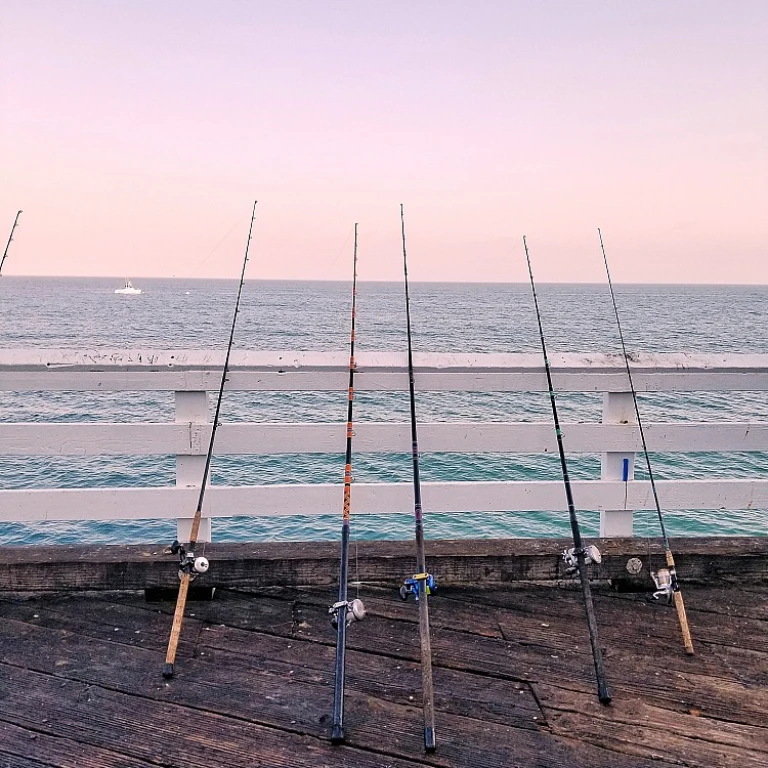
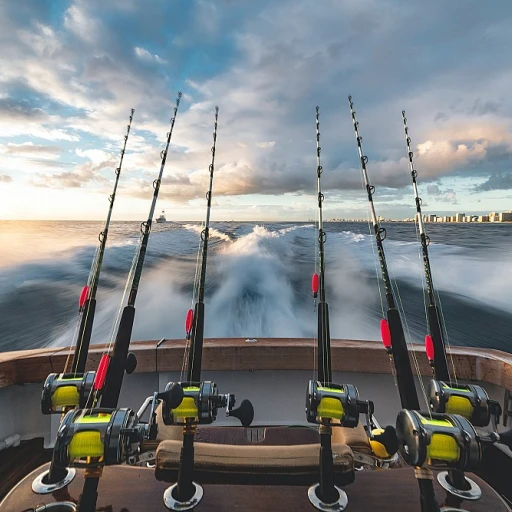
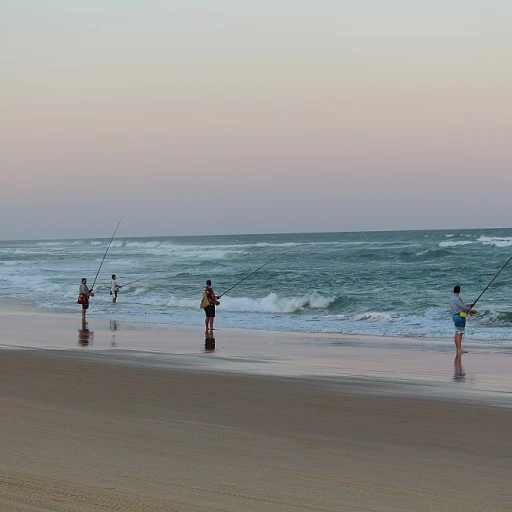
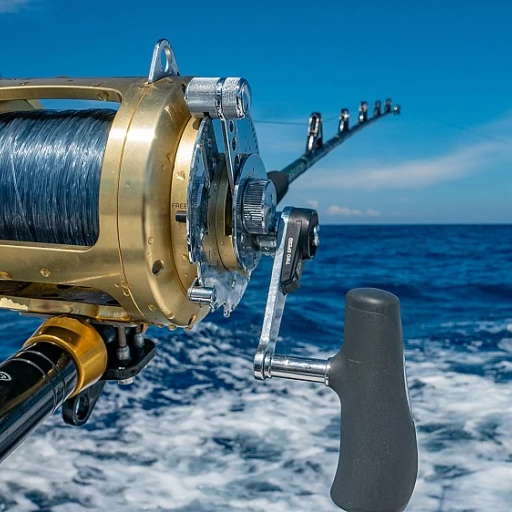
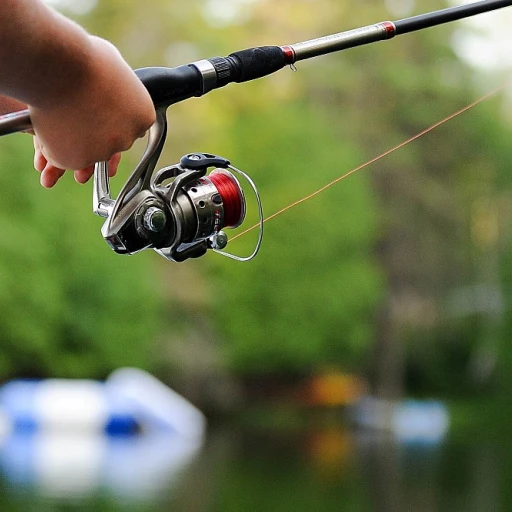

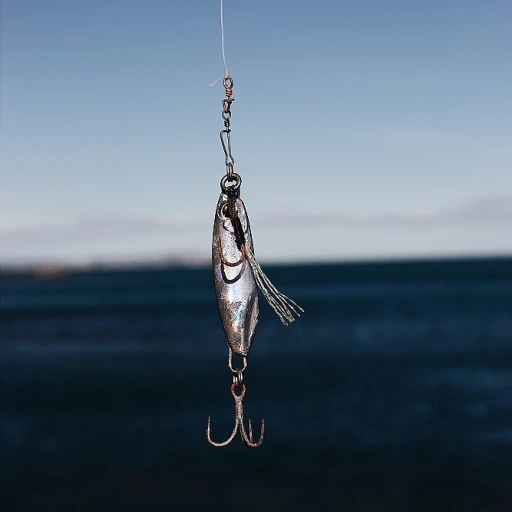
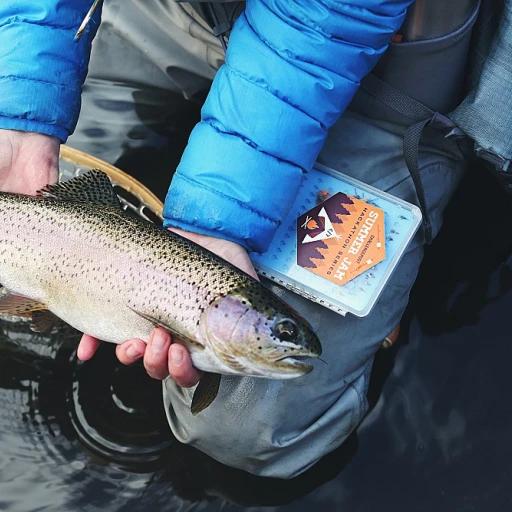
-large-teaser.webp)
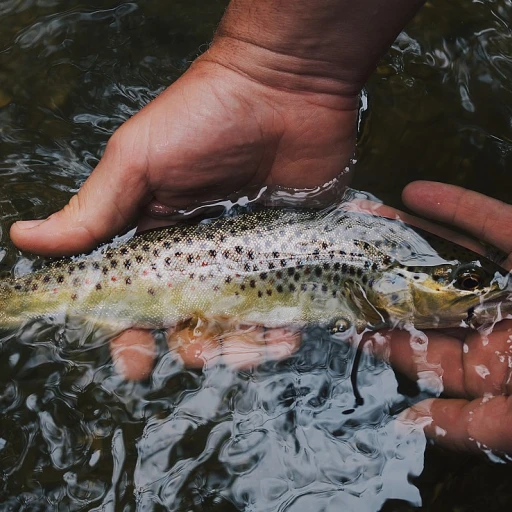
-large-teaser.webp)
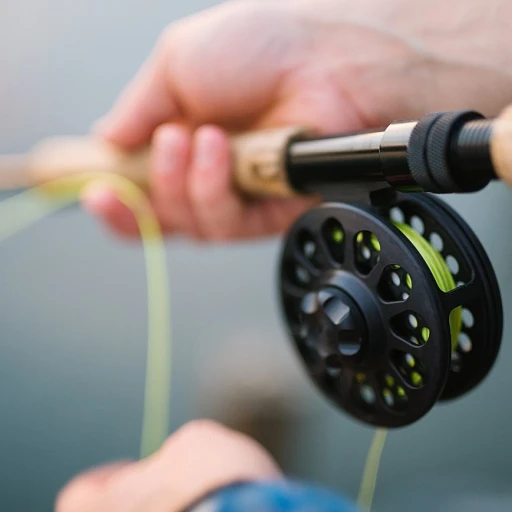
-large-teaser.webp)